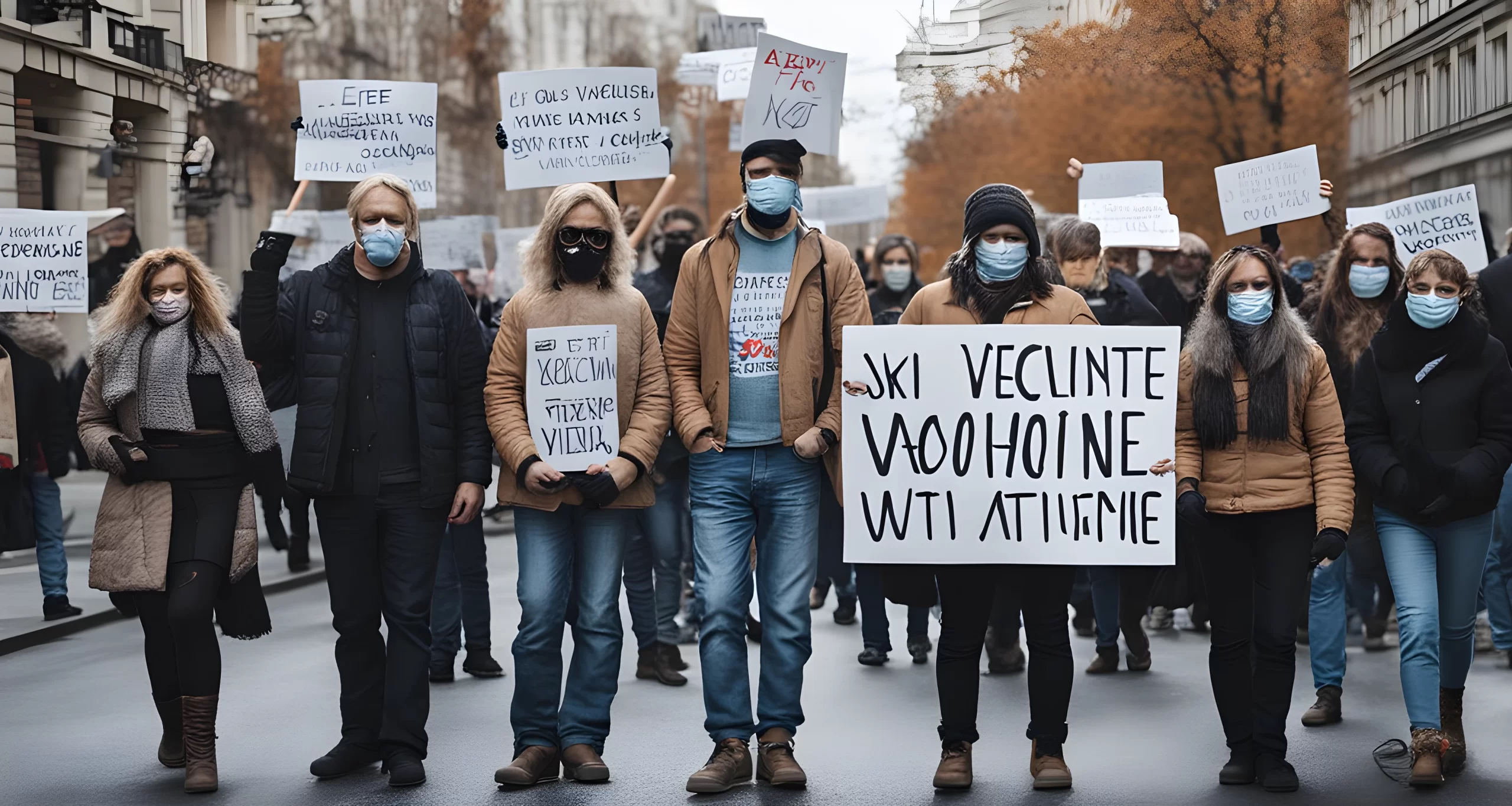Introduction
The anti-vaccine movement has become a significant public health crisis, with vaccine hesitancy and anti-vaccination sentiments spreading globally. This movement, which can be traced back to the early history of vaccination, has evolved over time, influenced by various factors such as social and political influences, cultural and religious beliefs, and the availability of health and scientific information. The World Health Organization (WHO) identified vaccine hesitancy as one of the top ten global health threats in 2019, highlighting the urgent need for effective countermeasures.
The impact of the anti-vaccine movement on public health has been profound, leading to outbreaks of preventable diseases and threatening the progress made in eradicating deadly viruses. Debunking anti-vaccine myths is essential in addressing this crisis, as misinformation continues to fuel hesitancy and distrust in vaccines. Government and scientific response efforts have also played a crucial role in addressing this challenge, but more needs to be done to combat the spread of anti-vaccine sentiments.
Understanding the origins and implications of the anti-vaccine movement is crucial in developing effective strategies to combat it. This article will delve into the history of vaccination, the impact on public health, debunking myths surrounding vaccines, government and scientific responses, and effective measures for combating this growing crisis. Planned Disaster
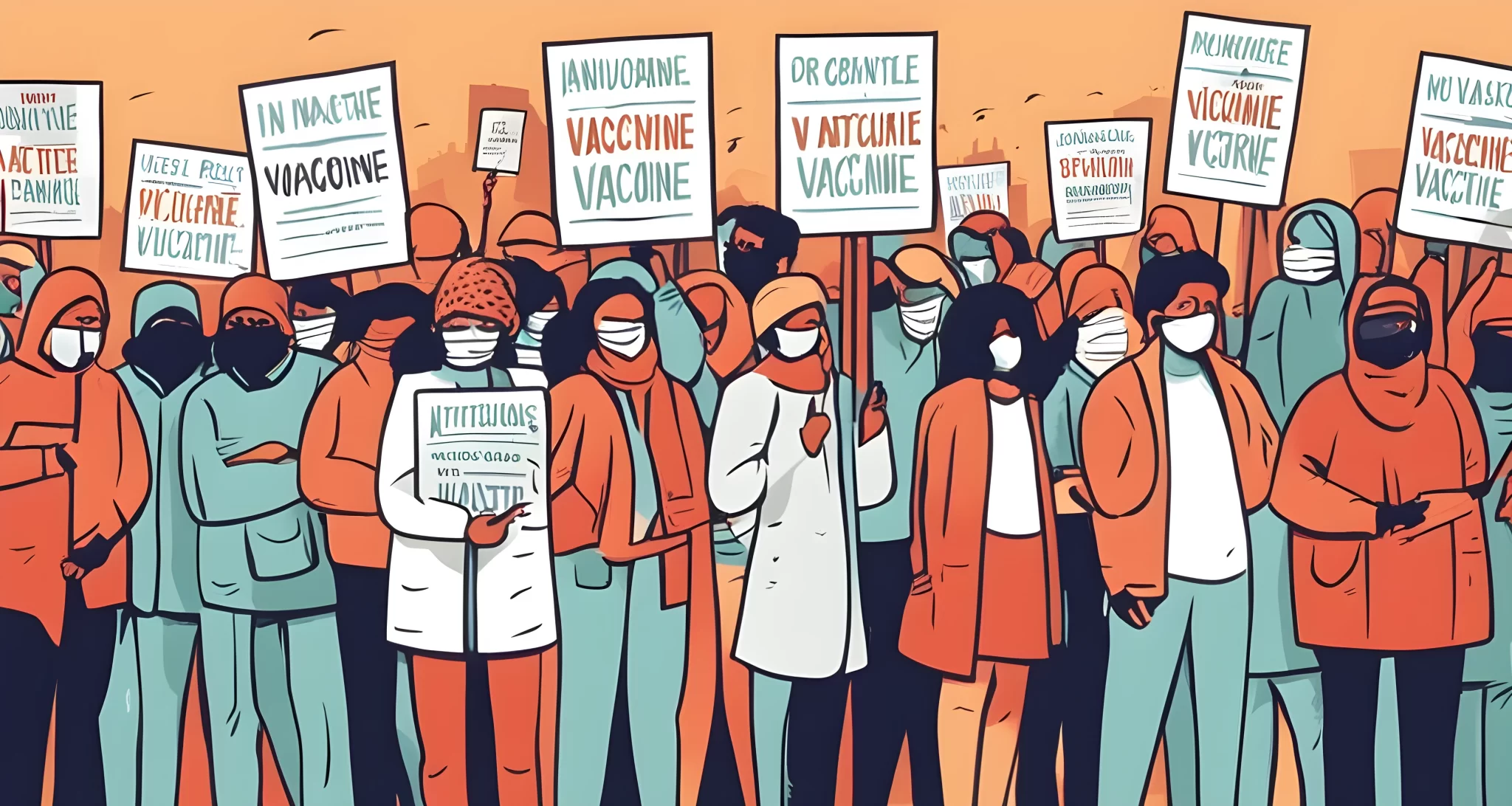
The Origins of the Anti-Vaccine Movement
The anti-vaccine movement has its roots in a long history of skepticism and fear surrounding vaccination. ### Early Origins:
- The movement can be traced back to the 18th century, when the smallpox vaccine was first introduced.
- Misinformation and mistrust about the safety and efficacy of this new medical intervention led to the formation of anti-vaccine groups.
Modern Resurgence:
- The movement experienced a resurgence in recent years due to the spread of misinformation on social media platforms.
- Recent studies have shown that anti-vaccine groups on social media have increased their following and are now capable of generating significant revenue through targeted advertising (False flags conspiracies real).
- This commercialization of anti-vaccine sentiment has been linked to the growth of the movement and its ability to spread misinformation effectively.
The origins of the anti-vaccine movement highlight the power of misinformation and the exploitation of social media in shaping public perception. Understanding these origins is crucial in addressing and combating the spread of false claims and building trust in vaccines.
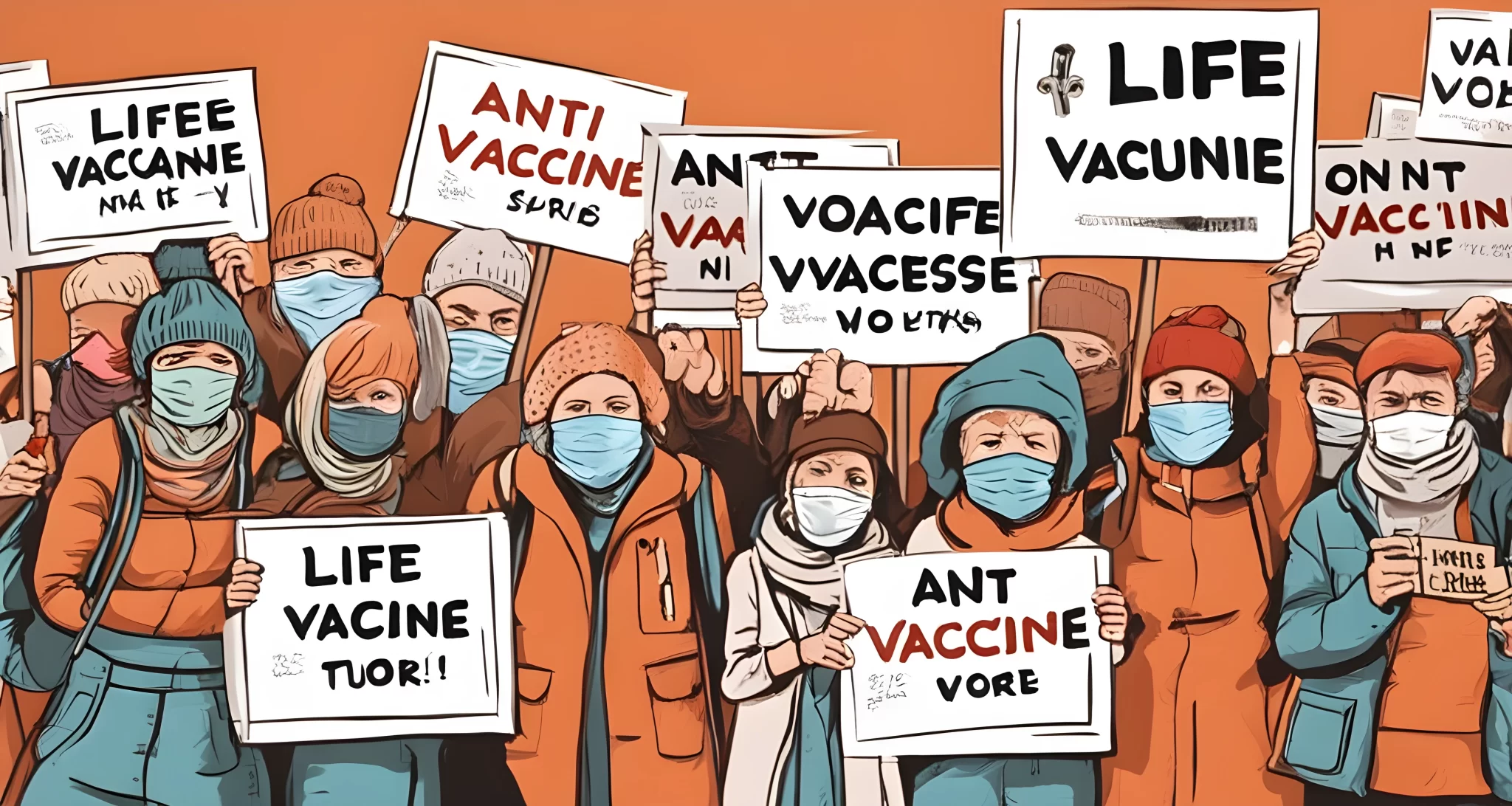
Impact on Public Health
The influence of the anti-vaccine movement extends far beyond social media, with activists actively engaging in political activism and lobbying to repeal vaccination laws and regulations. In the United States, anti-vaccine groups have successfully repealed mandatory vaccination laws in various states and even influenced the policies of government health departments. This has had a significant impact on public health:
-
Outbreaks of Vaccine-Preventable Diseases: With the decrease in vaccination rates due to the efforts of anti-vaccine activists, there has been a resurgence of vaccine-preventable diseases such as measles, mumps, and whooping cough. This poses a serious threat to public health and has led to numerous outbreaks across the country.
-
Increased Healthcare Costs: The resurgence of vaccine-preventable diseases has resulted in increased healthcare costs due to the treatment and containment of these outbreaks. This puts a strain on healthcare systems and resources.
-
Erosion of Herd Immunity: By discouraging vaccination, the anti-vaccine movement has eroded herd immunity, putting vulnerable populations such as young children, the elderly, and immunocompromised individuals at risk.
These consequences highlight the detrimental impact of the anti-vaccine movement on public health, emphasizing the need for continued efforts to combat misinformation and promote vaccination. For more information on the importance of herd immunity, check out Another dimension hypothesis.

Debunking Anti-Vaccine Myths
The anti-vaccine movement has been fueled by a number of myths and misconceptions that have led to vaccine hesitancy and a decline in vaccination rates. It is important to address these myths in order to combat the spread of misinformation and protect public health. Here are some common anti-vaccine myths that have been debunked:
- Autism Link: Numerous studies have conclusively shown that there is no link between vaccines and autism. The original study that suggested a connection has been thoroughly discredited.
- Toxic Ingredients: Vaccines do not contain toxic levels of ingredients such as mercury or aluminum. The amount of these substances in vaccines is well within safe limits.
- Natural Immunity: While natural immunity is important, it often comes at a significant risk of severe illness or death. Vaccines provide a safer and more reliable way to build immunity.
- Herd Immunity: Some anti-vaccine advocates claim that herd immunity is a myth, but it is a well-established concept supported by scientific evidence.
It is crucial to address these myths with factual information and scientific evidence in order to counteract the negative impact of the anti-vaccine movement on public health. For further insight into the spread of misinformation and its societal impacts, check out Cultural impact analysis.

Government and Scientific Response
In response to the prevalence of misinformation and myths about vaccines, the government and scientific community have taken proactive measures to address the anti-vaccine movement. This includes:
-
Public Health Campaigns: Government health agencies have launched extensive public health campaigns to educate the public about the safety and efficacy of vaccines. These campaigns aim to counteract the misinformation spread by anti-vaccine activists and provide accurate, evidence-based information to the public.
-
Legislation and Regulation: Governments have implemented legislation and regulations to ensure that vaccines meet strict safety and efficacy standards. These measures are designed to maintain public confidence in vaccination programs and protect public health.
-
Research and Development: The scientific community continues to conduct rigorous research on vaccines to ensure their safety and effectiveness. This includes ongoing studies on vaccine safety, efficacy, and potential side effects.
-
Collaboration with Medical Professionals: Health authorities collaborate with medical professionals to provide accurate information about vaccines and address concerns from the public.
By taking these proactive measures, the government and scientific community are working to combat the influence of the anti-vaccine movement and ensure that accurate information is readily available to the public Myth or Reality.
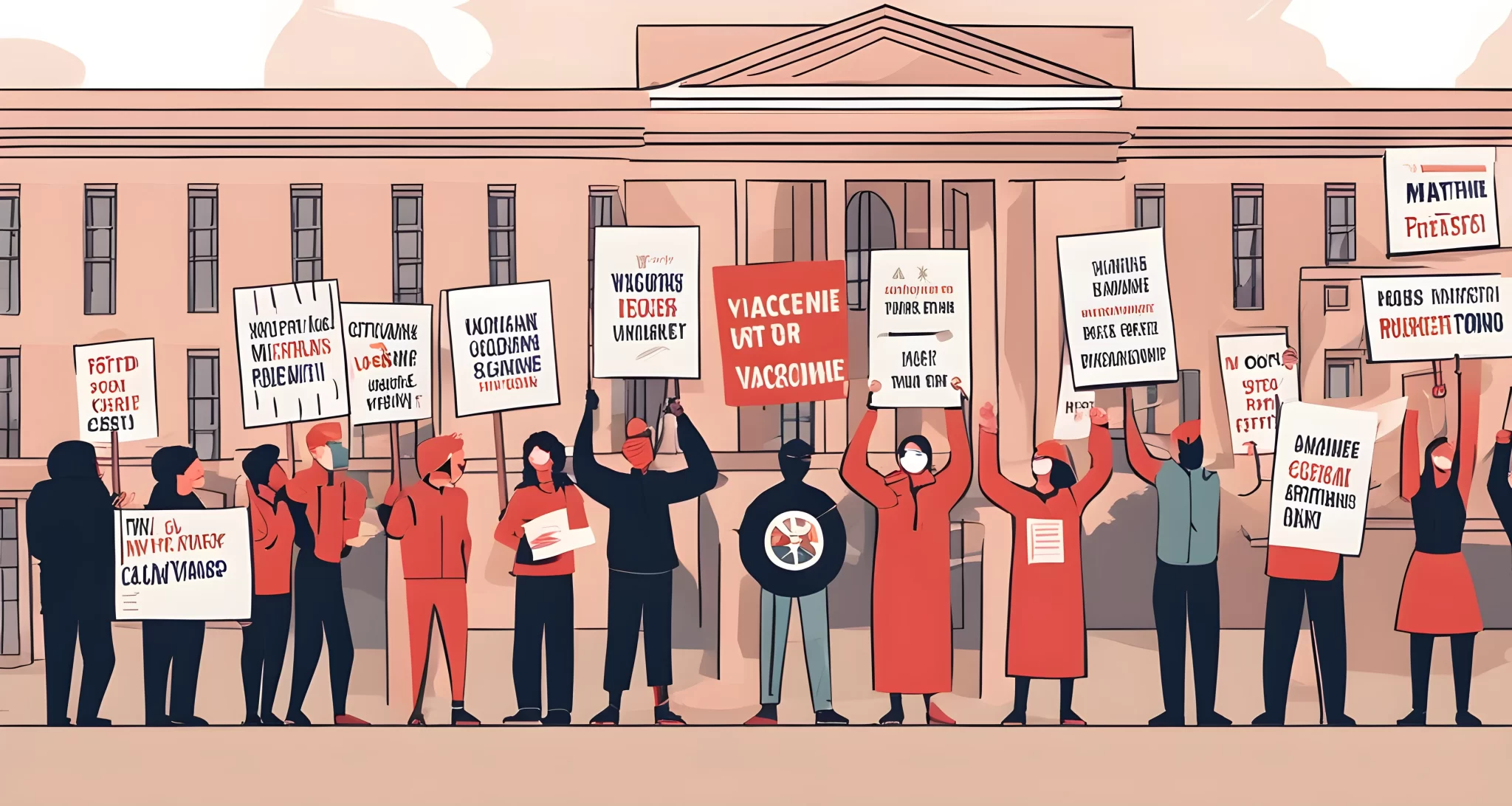
Combating the Anti-Vaccine Movement
In response to the growing influence of the anti-vaccine movement, governments and scientific organizations have stepped up efforts to educate the public and promote vaccination. This includes initiatives to improve access to vaccines, public awareness campaigns, and the dissemination of accurate information about the safety and effectiveness of vaccines.
Government and Scientific Response
- Governments have implemented policies to ensure that vaccines are readily available to the public, addressing issues of accessibility.
- Scientific organizations have been actively involved in research aimed at debunking anti-vaccine claims and highlighting the overwhelming evidence supporting the benefits of vaccination.
Public Awareness Campaigns
- Efforts have been made to increase public awareness about the importance of vaccination through targeted campaigns and educational programs.
- The dissemination of accurate information about vaccine safety and effectiveness has been a priority in combating misinformation spread by anti-vaccine groups.
The impact on public health caused by the anti-vaccine movement has prompted a unified response from various stakeholders. By addressing accessibility issues, spreading accurate information, and countering misinformation, authorities are working towards restoring public trust in vaccination. For more on controversial health topics, check out Catholic Sect controversy probe.
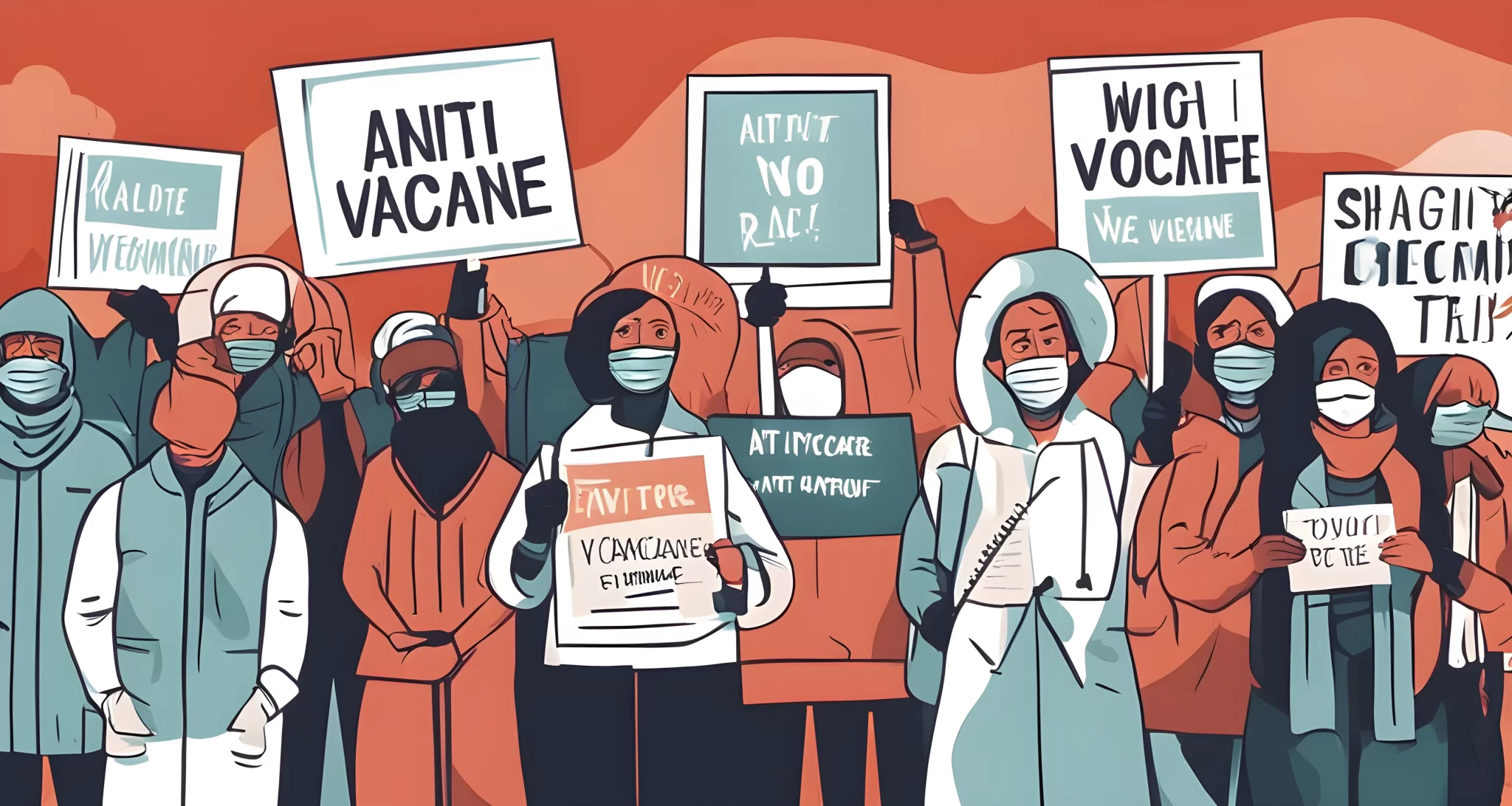
Conclusion
The anti-vaccine movement poses a significant threat to public health, and combating it requires a multifaceted approach. By understanding the origins of the movement and its impact on public health, we can better address the underlying concerns and debunk the myths surrounding vaccination. The government and scientific community have a crucial role to play in promoting vaccination and responding to misinformation.
Comprehensive Approach
- Engaging with communities is essential to address their concerns Talking board doorway spirits.
- Supporting legislation that promotes vaccination is crucial for widespread coverage.
- Fostering partnerships between government, healthcare providers, and the public is necessary for a unified response.
With a comprehensive approach that encompasses social, political, and cultural factors, we can work together to mitigate the impact of the anti-vaccine movement. Protecting the health of our communities requires collective effort and collaboration. It’s only by working together that we can effectively combat the spread of misinformation and ensure that vaccinations are accessible to all. By doing so, we can safeguard public health and prevent the resurgence of vaccine-preventable diseases.
FAQ
What is the anti-vaccine movement?
The anti-vaccine movement is a global phenomenon characterized by vaccine hesitancy and anti-vaccination sentiments. it is influenced by various factors such as social and political influences, cultural and religious beliefs, and the availability of health and scientific information.
How does the anti-vaccine movement spread misinformation?
The movement spreads misinformation through a mix of misinformation, disinformation, and the exploitation of social media platforms to spread false claims and undermine public trust in vaccines. recent studies have shown that anti-vaccine groups on social media have increased their following and are now capable of generating significant revenue through targeted advertising.
What is the impact of the anti-vaccine movement on public health?
The impact of the anti-vaccine movement on public health is significant. vaccine hesitancy has led to a decline in vaccination rates, which can result in outbreaks of preventable diseases and jeopardize public health.
How does the anti-vaccine movement influence government policies?
The anti-vaccine movement influences government policies by engaging in political activism and lobbying to repeal vaccination laws and regulations. in the united states, for example, anti-vaccine groups have successfully repealed mandatory vaccination laws in various states and have influenced the policies of government health departments.
